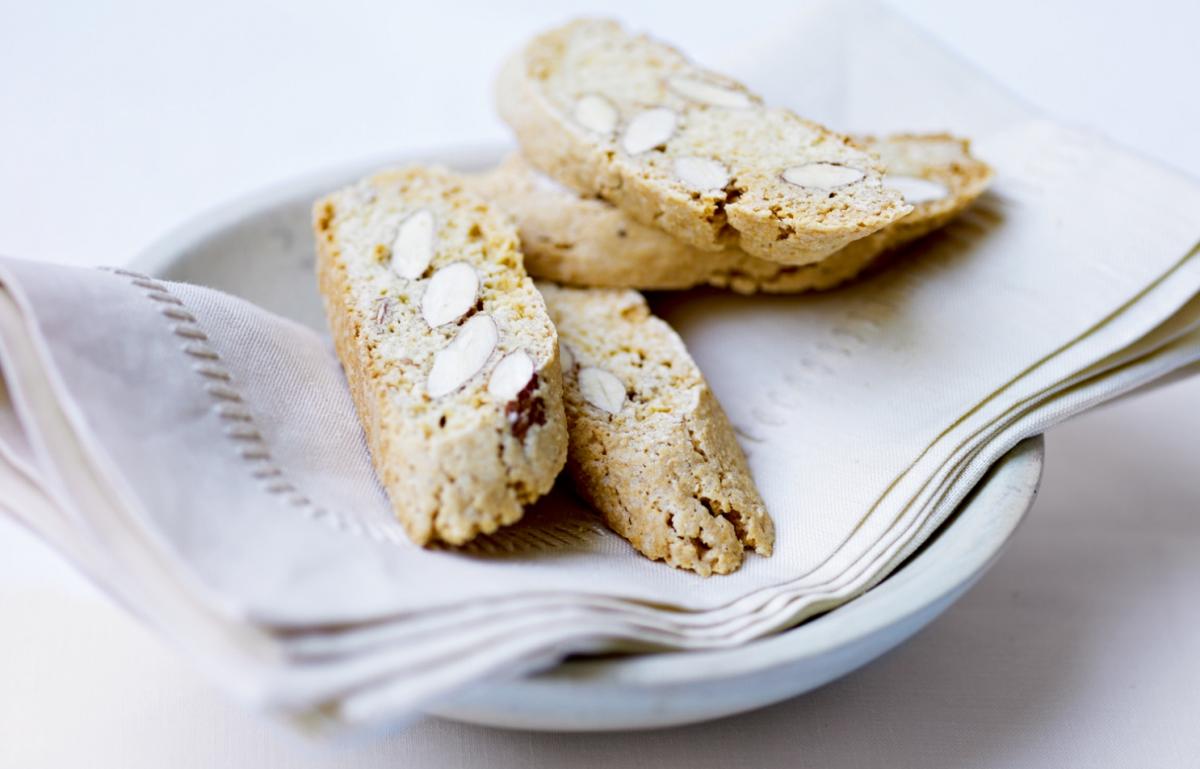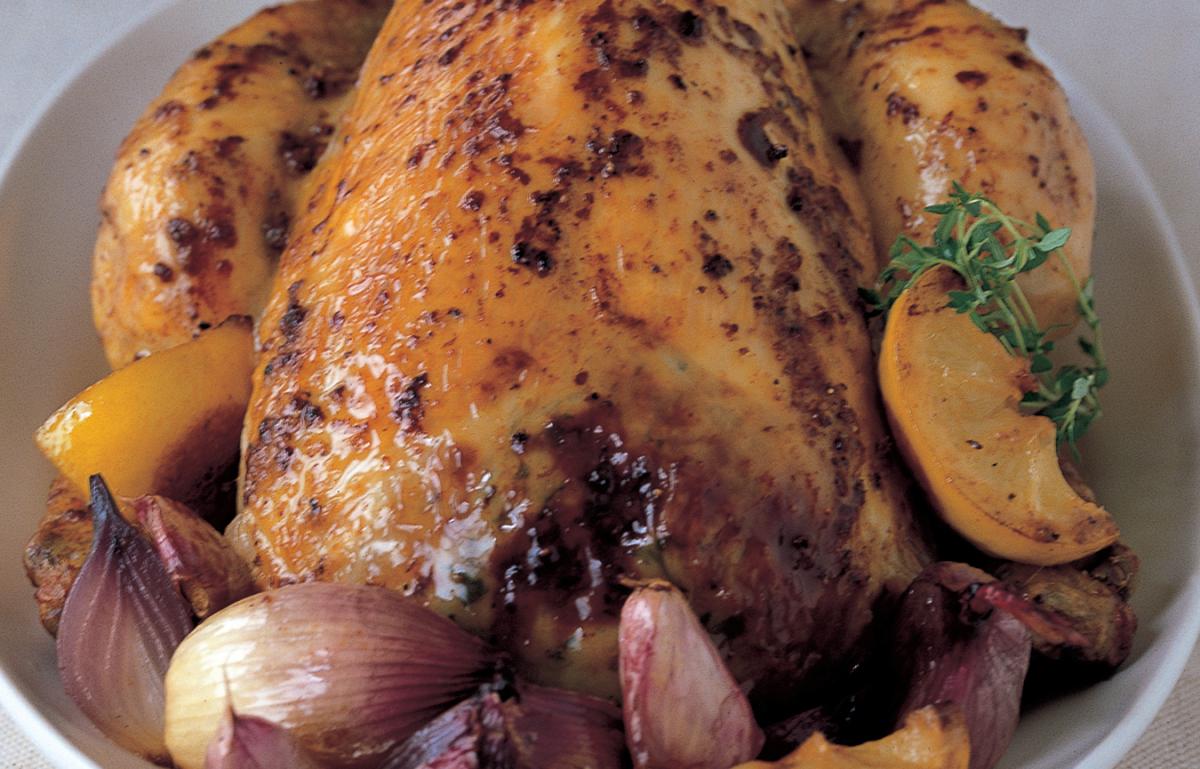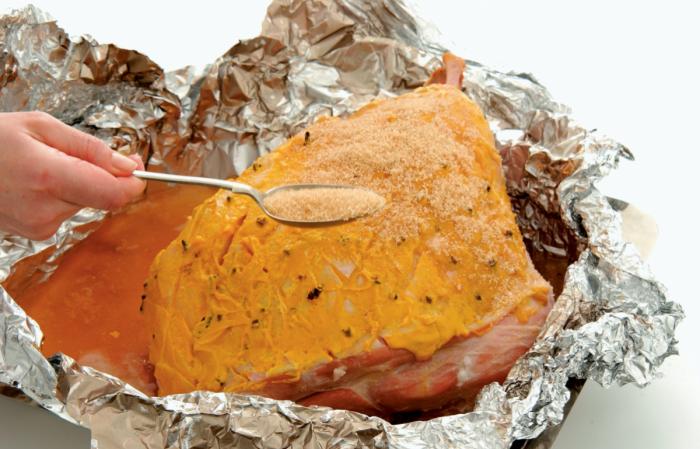


To get the very best flavour from your ham it is important to cook it on the bone – and, of all the seasons of the year, Christmas is the one to justify indulgence. This nation has a proud tradition of smoking, curing and pickling hams. Interesting cures to look out for are: Suffolk cure, brined and pickled in stout, spices and molasses, then smoked, leaving a superb depth of flavour and the skins a rich mahogany colour; Marsh York cure, if you prefer an unsmoked ham, mildly cured with a sharp salty flavour; and Bradenham cure, a smoked ham, steeped in a mixture of spices, juniper berries and molasses with a very dark, almost black skin and sweet subtle flavour.

You need to check with your supplier about soaking the ham – the length of time needed depends on the quantity of salt used in curing the ham. A large plastic bucket seems to be the most suitable container for soaking a ham – and I have found that a picnic cool box is just the right size, too. Cover the ham completely with cold water and leave for as many hours as the supplier recommends. Smaller joints can be placed in the cooking pot, covered with cold water, brought up to simmering point, then the water thrown out (if you're in any doubt about the saltiness, taste a sliver of the meat to make sure).

Begin by placing one sheet of foil lengthways in the roasting tin and another piece widthways. Remove the ham from the soaking water and place it in the middle of the foil. Wrap it in the foil to create a 'tent effect', so that it is tightly sealed but with room for the air to circulate around the ham. Bake the ham in a pre-heated oven, gas mark 3, 325°F (160°C), for 20 minutes per lb (450 g). That would be 4 hours for a 12 lb (5.5 kg) ham or 4 hours 40 minutes for a 14 lb (6.5 g) ham.

Thirty minutes before the end of the cooking time, remove the ham from the oven and turn the oven up to gas mark 7, 425°F (220°C). Using a tea cloth to protect your hands, take the skin off the ham – make a cut with a sharp knife right along the length of the ham, then slide the knife beneath one half of the skin and peel it away, leaving behind as much fat as you can. Repeat with the other half.

To score the fat, simply make cuts crossways and lengthways with the knife forming a diamond pattern.

Then stud the centre of each diamond with a clove.

With a palette knife, quickly spread prepared English mustard all over the surface of the ham – you will need about 3 heaped tablespoons for a 12-14 lb (5.5-6.5 kg) ham.

Sprinkle about 3 heaped tablespoons of demerara sugar all over and press it on to the mustard with your hands. Place the ham, uncovered, back into the hot oven for another 30 minutes, or until the surface has a glazed golden crust.

If the ham is going to be served hot, allow it to rest for 45 minutes after removing it from the oven so that the juices will seep back into the meat and the meat will firm up and be easier to carve. It is delicious served with Cumberland sauce.

Follow us Like us on Facebook Follow us on twitter Follow us on instagram Follow us on pinterest Follow us on youtube
© 2001-2024 All Rights Reserved Delia Online